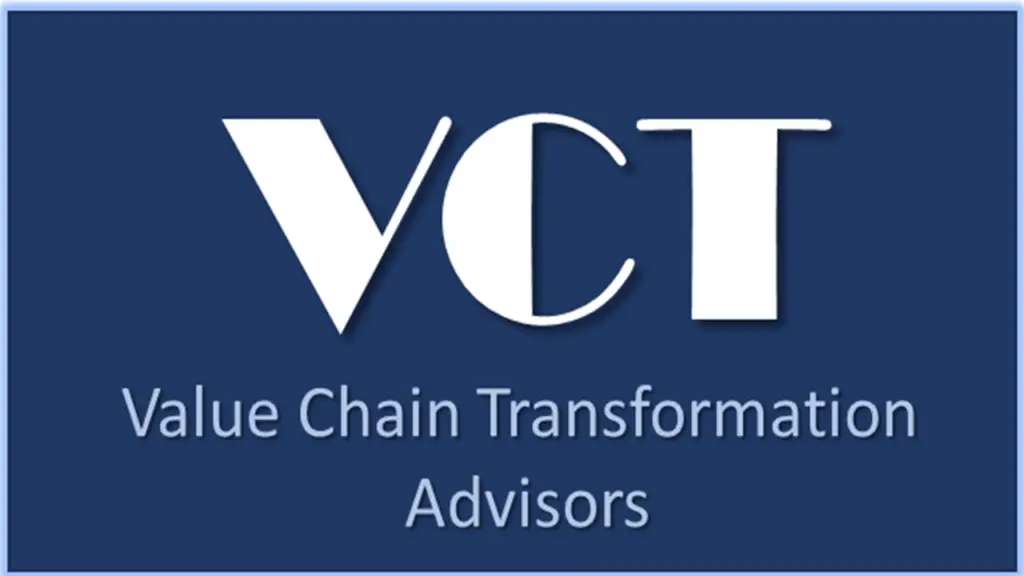When the 2025 tariffs hit, many companies turned to familiar tactics—nearshoring, free trade zones (FTZs), and trade exemptions—hoping to soften the blow. And while those strategies can offer temporary relief, it’s not enough.
The truth? These “go-to” solutions are often expensive, complex, and too slow to keep pace with today’s policy whiplash.
Let’s break down why these legacy strategies fall short—and what to do instead.
Nearshoring: The Pricey, Problematic Pivot
In recent years, nearshoring has surged as a response to rising trade tensions. Moving production closer to end markets—like relocating from Asia to Mexico or Eastern Europe—was seen as a way to avoid tariffs, reduce shipping times, and improve responsiveness.
But here’s the problem: nearshoring only works if the new location stays safe from disruption.
And in 2025, that’s no longer guaranteed.
| Example: Electronics Manufacturers After the 2018 tariffs on Chinese imports, many electronics companies began shifting production to Mexico to escape penalties. The strategy worked—until February 2025, when the U.S. government imposed a 25% tariff on imports from Mexico, including industrial components and finished goods. Manufacturers who had just completed multimillion-dollar transitions suddenly found themselves in the exact same situation they were trying to avoid. Now they’re paying higher labor costs in Mexico, absorbing new tariff penalties, and scrambling to rework supply chains all over again. |
Why Nearshoring Falls Short
- High upfront costs: Infrastructure, workforce training, new logistics—none of it is cheap.
- Labor volatility: Wages and benefits in nearshore regions are rising fast.
- No long-term guarantee: Political shifts can make your “safe haven” a liability overnight.
The takeaway? Nearshoring can be part of the puzzle—but it’s not a bulletproof strategy.
Free Trade Zones (FTZs): Delayed, Not Defended
FTZs offer temporary relief—emphasis on temporary. They allow companies to defer duty costs on goods that are stored, processed, or assembled before entering the U.S. market. But here’s the catch:
- Only specific goods qualify
- Approval processes are slow and inconsistent
- Benefits can vanish overnight if policies change
With limited eligibility and rising legal complexity, FTZs are a band-aid on a bullet wound. They delay tariff impacts—but they don’t solve the underlying volatility.
| Example: U.S. Auto Industry and Parts Assembly U.S. automakers have historically leveraged FTZs to import parts for assembly while deferring tariffs. But in 2025, as tariffs broadened to include steel, aluminum, and components from Mexico and Canada, FTZ benefits became harder to realize. Increased scrutiny, longer approval times, and policy changes limited their effectiveness—and many companies were still forced to pay duties once vehicles exited the zones. |
Limitations of FTZs
- Narrow scope: Only certain goods qualify, and the benefits apply only under specific use cases.
- Complex setup: Establishing an FTZ relationship requires legal, regulatory, and logistical overhead.
- Shifting rules: Governments can revoke or modify eligibility at any time.
In a fast-changing tariff landscape, flexibility—not deferral—is your best friend.
Trade Exemptions: A Maze of Maybes
Trade exemptions might sound like a lifeline, but they’ve become an increasingly unreliable one. Sure, companies can petition to exempt certain goods or materials from tariffs. But the process is slow, bureaucratic, and rarely consistent.
In 2025, we’re seeing first-hand how recent federal labor cuts have slowed exemption processing times, and changes in enforcement policies have led to increased rejections—even for products previously approved.
Meanwhile, businesses wait in limbo, unsure whether their critical components will be tariffed next week, next month, or not at all.
| Example: U.S. Copper Importers In February 2025, a probe into tariffs on copper imports from Canada disrupted the electrical and construction sectors. Companies rushed to apply for exemptions on critical copper components, but the delays—and eventual tariffs—forced many to eat the cost or re-engineer products with alternative materials. |
What’s Broken:
- Unpredictability: Approvals vary based on politics and timing.
- Short-term relief: Even if granted, exemptions can be revoked by new legislation or retaliatory actions.
- High effort, low ROI: The time and resources required to apply often outweigh the benefits.
The Real Fix: Proactive, Data-Driven Planning
If there’s one thing 2025 has taught us, it’s that the old playbook no longer works. While nearshoring, FTZs, and trade exemptions may offer marginal or temporary relief, they’re not built for speed, scale, or adaptability.
In a world where tariffs evolve overnight and global tensions escalate quickly, the only viable strategy is a proactive, data-driven supply chain—powered by real-time analytics and built on composable technology.
The GAINS Decision Engineering Optimization platform advocates a radically different approach than traditional methodology: building flexibility and intelligence into your supply chain from the start.
Rather than scrambling for exemptions or chasing alternative production sites, forward-looking companies are:
- Running real-time scenario simulations
- Automating adjustments based on risk triggers
- Integrating supply chain design and execution into a unified platform
This isn’t about reacting faster—it’s about designing a supply chain that thrives amid disruption.
Ready to move beyond quick fixes? Don’t wait for the next disruption to act. Download the full GAINS whitepaper to explore how leaders are building intelligent, resilient supply chains—designed to outmaneuver whatever comes next.




